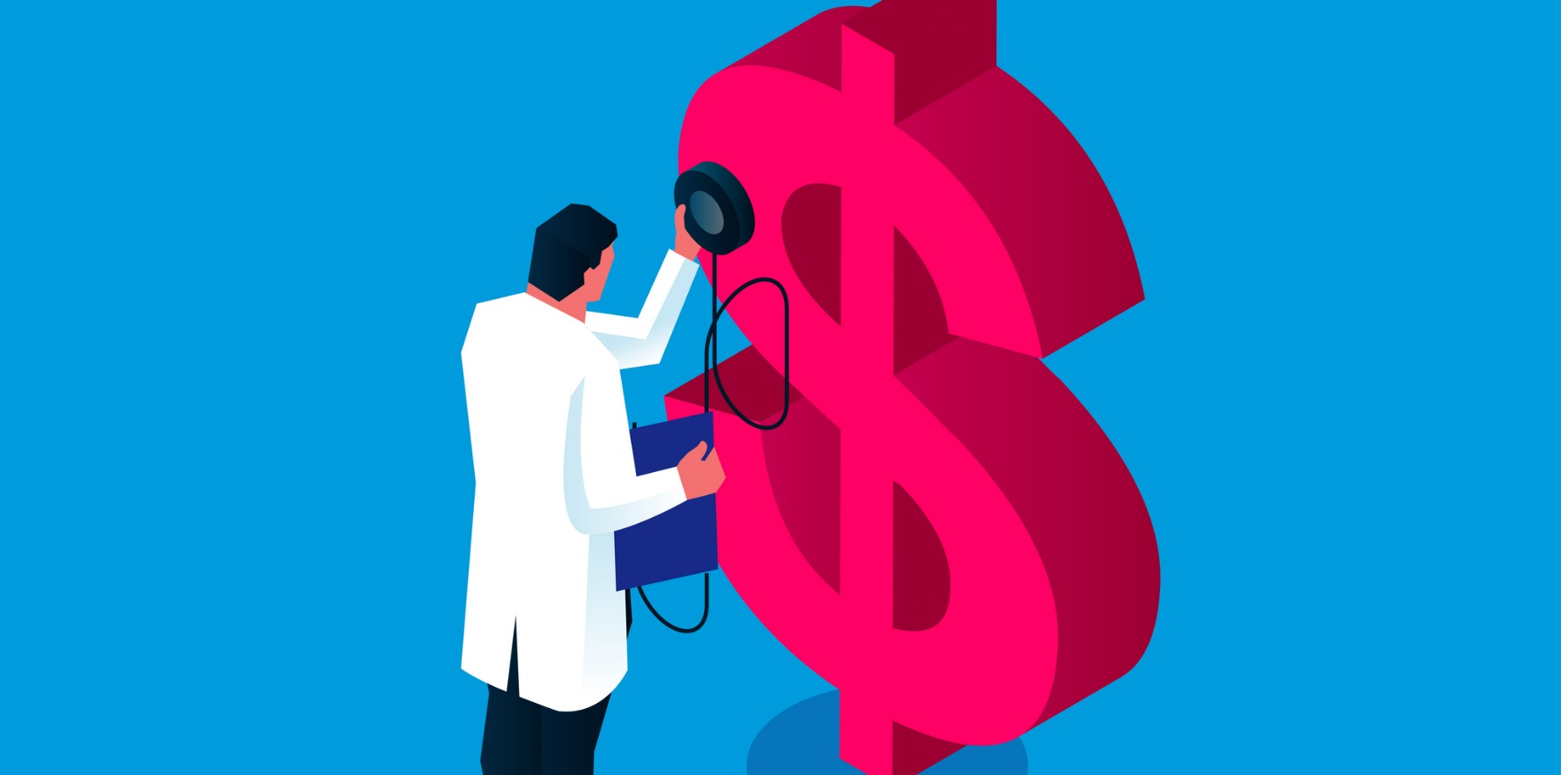Victoria’s new Treasurer has scribbled a multi-billion-dollar prescription for the state’s health system in the 2025/6 budget. Nine new hospitals are just the beginning.
Victorian treasurer Jaclyn Symes has made health the centrepiece of her first budget this afternoon, pouring an extra $11.1 billion into the health system over the next four years, bringing the total funding to the sector to $31 billion.
Ms Symes announced the budget was the first operating surplus in Victoria since the pandemic, with a $600 million surplus planned for 2025-26.
The focus on the budget was on families facing cost-of-living pressures, particularly around the areas of children and healthcare.
“This Budget is focused on what matters most – delivering real help with the cost of living, backing frontline services and staff, and ensuring that every dollar makes a real difference to Victorian families,” Premier Jacinta Allen said.
Additional hospital spending
The Victorian government is investing $634 million to open and operationalise nine new or expanded hospitals across the state:
This includes:
- The new Footscray Hospital, which will include a new eight-bed Mental Health Alcohol and Other Drugs Hub within the emergency department and additional services in general medicine and subacute care. Victoria University will have dedicated education and research facilities onsite.
- The redeveloped Frankston Hospital which will include a new five-bed Mental Health Alcohol and Other Drugs Hub within the ED. It will also include a separate, paediatric zone.
- A state-of-the-art redevelopment of Maryborough and District Hospital which will include a new urgent care centre, a 32-bed inpatient unit, two operating theatres, a day medical centre with imaging and pathology services and an upgraded maternity unit with birthing suites.
- New Craigieburn Community Hospital.
- New Cranbourne Community Hospital.
- New Phillip Island Community Hospital.
- Expansion of the short-stay unit at Albury Wodonga Regional Hospital.
- Expansion of the paediatric ED at University Hospital Geelong.
- Redeveloped Swan Hill District Health ED, opened in December 2024.
Regional access is a key focus, according to Ms Symes, who is also the minister for regional development.
“This budget is focused on helping families in every corner of our state – ensuring regional Victorians can better access the healthcare, education and regional services and infrastructure they need,” she said.
Emergency and urgent care
The Victorian government has committed to boosting performance in emergency departments and ambulance response times.
It will invest $437 million in expanding the Victorian Virtual Emergency Department (VVED), to almost triple its capacity to handle 1750 calls per day by 2028-29, or over 600,000 calls every year. This provides free expert care from emergency nurses and doctors and is the first of its kind in Australia.
Ambulances will also get a $58 million boost, including $28 million for more beds at high-demand sites and $27 million to expand and upgrade short-stay units.
They’re investing $167 million in increasing the number of Triple Zero Victoria call takers and dispatchers to improve ambulance response times to target bottlenecks in EDs and to get paramedics back out on the road sooner.
Urgent care centres will also get an investment with an additional $27 million to continue 12 UCCs across the state.
Expanding on the community pharmacy program
The government will make the Community Pharmacy Pilot permanent.
The trial helped over 44,000 Victorians with the resupply of the contraceptive pill, treatment for uncomplicated urinary tract infections and access to travel health advice and vaccinations.
With an $18 million budget investment, the scheme will be expanded to treat even more conditions. They will include allergies, nausea, high blood pressure and minor wound care, with more conditions added progressively over the next two years.
The cost of the consultation fees will be covered by the government so it will be a free service for Victorians.
Public servants
In her speech to parliament, Ms Symes said:
“We can deliver these investments because of our responsible approach to financial management.”
One way she’s finding savings is through cost-saving measures in the public sector following an independent review.
This will affect around 1200 public sector roles. However, The Guardian reported this wouldn’t mean thousands of redundancies, as departments have already been working on trimming head counts.
This review should be completed by 30 June 2025 and shouldn’t affect workers in frontline services.
Related
Other health investments
The Victorian health workforce is a key area of investment, with $203 million put aside to make sure healthcare workers have the support and resources they need to keep delivering care.
This investment includes $95 million to fund 1100 more positions for nursing and midwifery students, support nurse practitioners in high demand areas like aged care, mental health primary care and urgent care settings.
It also provides more opportunities for enrolled nurses to train as practicing nurses and makes sure those in rural Victoria have the same opportunities.
The Budget also invests $50 million for public aged care, including delivering new government funded aged care beds in the redeveloped Kingston Centre in Melbourne’s south-east and Hesse Rural Health in Winchelsea.
The government has also invested another $25 million to help Victorians live in their own homes as they age.
Mental health is another area with significant investment, with an additional $497 million.
Included is:
- $23 million to expand the network of Mental Health and Wellbeing Locals, which provide free mental healthcare Victorians without needing a referral or Medicare card. This will include seven new Local services.
- $47 million to support Victoria’s mental health workers. This includes continuing the psychology registrar program, Junior Medical Officer psychiatry rotations program, and the psychiatry registrar training and support program.
- $319 million to support mental health infrastructure, including in-patient beds and Hospital in the Home mental health beds.
- Investment in services for suicide prevention programs, youth mental health and wellbeing support and funding to support mental health for trans and gender diverse young people.
According to minister for health and ambulance services Mary-Anne Thomas:
“We’re focused on what matters most – opening new hospitals, delivering better care and backing our health workforce – because free, accessible and lifesaving care is what every Victorian deserves.”




